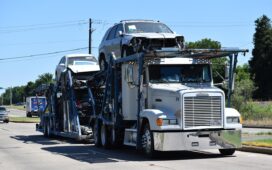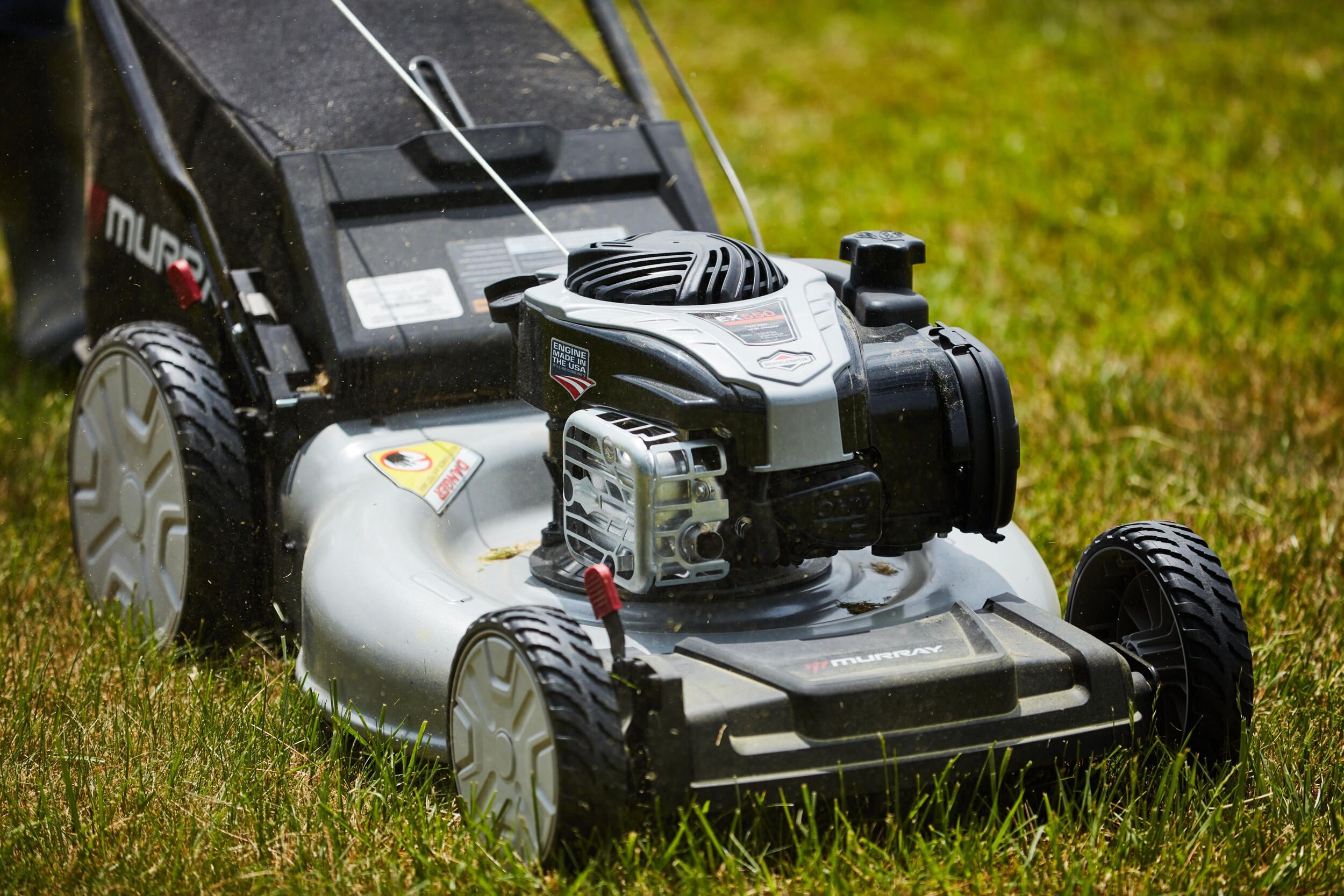Modern vehicles bear little resemblance to their purely mechanical ancestors. The rise of electronic systems has revolutionized the automotive industry, offering features that were once considered unimaginable. From advanced driver-assistance systems (ADAS) like lane departure warning and adaptive cruise control to complex infotainment systems and electronically controlled powertrains, cars are now rolling computers. This surge in electronic components has dramatically increased the demand for electrical power, inevitably leading to a more intricate and extensive electrical architecture. Each of these systems, however small, requires a circuit to operate, and therefore, a protective fuse.
Increased Safety and Convenience Features
A significant driver behind the explosion of fuses is the proliferation of both active and passive safety features. Airbags, anti-lock braking systems (ABS), electronic stability control (ESC), and a multitude of sensors all rely on electricity and need fuses to prevent catastrophic failures from spreading throughout the entire system. Furthermore, convenience features, such as power windows, heated seats, electric mirrors, and sophisticated climate control systems, add to the electrical load and the number of required fuses. The expectation of a comfortable and safe driving experience has inadvertently contributed to the escalating fuse count.
Complex Wiring Harnesses and Dedicated Circuits
The sheer complexity of modern wiring harnesses also contributes significantly to the fuse explosion. Instead of bundling all wires into a single harness, manufacturers often use multiple harnesses tailored to specific areas of the vehicle. Each harness might contain dozens of wires, each requiring its own fuse for protection. Furthermore, many electronic components now have dedicated circuits to avoid interference and voltage drops, further emphasizing the need for individual fuse protection. This compartmentalization improves system stability and diagnostics but naturally increases the number of fuses.
Preventing System-Wide Cascade Failures
Fuses are essential components in automotive electrical systems, functioning as safety devices that safeguard against short circuits and overloads. They prevent potentially catastrophic damage by interrupting the flow of electricity when an anomaly occurs. While older vehicles with fewer electronic components might use a single fuse to protect multiple systems, modern vehicles employ a more sophisticated approach. In contemporary cars, dedicated fuses are assigned to individual circuits, providing targeted protection. This design minimizes the impact of a fault, isolating the problem to a specific area and preventing it from spreading to other systems. The importance of this individualized protection cannot be overstated, particularly for safety-critical components like braking and steering systems. Choosing the Auto Repair in Warsaw, IN based service would be quite essential here.
Diagnostic Benefits and Future Trends
While the increasing number of fuses might seem overwhelming, it offers significant benefits in terms of diagnostics and maintenance. When an electrical problem arises, identifying the blown fuse can quickly pinpoint the affected circuit, streamlining the troubleshooting process. As vehicles continue to evolve with even more sophisticated electronics, including advanced autonomous driving systems and increased electrification, the number of fuses is unlikely to decrease. However, advancements in solid-state circuit protection may eventually offer a more compact and efficient alternative to traditional fuses, possibly leading to a reduction in their physical count while still maintaining robust electrical protection.













